

In constant struggle for the regulation of cannabis, mainly in the medicinal field.
23-06-2017 06:00:32 - Updated: 23 June, 2017
Used for centuries by Native Americans, mescalina is a very powerful alkaloid that produces hallucinations and is found in some types of cactus. Considered as a dangerous drug, the truth is that the latest studies that have been done with this pinkish substance have been shown to have beneficial effects in the field of psychology and psychiatry.
Basic information of interest
If I tell you there are hallucinogenic cactuses, would you believe me? You are right. I’m not hallucinating. It’s true that the best known are mushrooms, but there are some cacti’s types that contain a highly hallucinogenic substance, similar to the best mushrooms with the same purpose, but much less known. We talk about the mescaline cactus.
Of course, don’t go now to think that all cacti contain this hallucinogenic substance, far from it. It’s only found in certain varieties and precisely of them and of this substance that, although it isn’t specially known, it has been used by some civilizations for more than 5000 years.
I invite you to take a tour through history with us, so you know what mescaline is, where to find it and, of course, which are its effects. And it is that, like all drugs, mescaline also has its “good” part, as long as it’s taken in a controlled way, as well as its recreational part but, of course, from an intelligent and responsible use. Will you join me??
WHAT IS THE MESCALINE?
As I said at the beginning, mescaline is a psychoactive substance, a potent alkaloid present in some cacti that grow mainly in the Mexican and southern United States. It was in fact, in this part of the world where the natives begin to use this substance for their magical rituals.
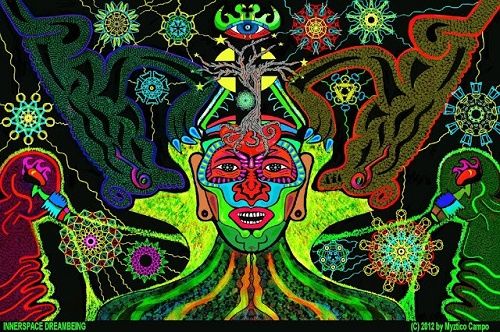
We talk of the year 4000 BC, at least those are the first data collected by historians and scientists regarding this substance whose effects are similar, as experts have defined, to LSD.
Unlike other opiates, mescaline doesn’t create physical addiction, but it can create psychological addiction, with the addition that because it’s a type of substance that people tolerate rather well, the mescaline consumer will quickly need to increase the dose if they desired the same effect in them.

Psychoactive and hallucinogenic, pure mescaline has a similar appearance to that of salt crystals and belongs to the phenethylamines family, so it’s also usually compared this plant alkaline with dopamine.
While it is true that the use of mescaline usually occurs within leisure or in the ancestral rituals of some indigenous groups in Mexico and the southern United States, the truth is that it has also been used in numerous occasions for psychological therapies and psychiatry, of course, always involved in controversy, as it was the famous case of “The mescaline experiment” that psychologist Humphry Osmond made in 1955 for a BBC program, with English politician Christopher Mayhew, Who lent itself to this experiment. Such was the controversy that was generated during the recording that, finally, this part of the program was omitted from it.
But the person who invented mescaline or, at least, who extracted it for the first time from its cactus to use it for therapeutic purposes or at least to study the effects of this substance was the German pharmacologist, Arthur Heffter, in 1897. Specifically, he made the removing this alkaloid from the Peyote cactus. A year later he published the results of his research in the scientific journal Naunyn-Schmiedeberg’s Archives of Pharmacology.
Almost 20 years later, in 1919 and taking into account the molecular structure of this substance, mescaline was first synthesized in one of the laboratories of the University of Vienna, by the Austrian chemist, Ernst Späth. Since then there have been numerous studies that have been carried out, with the aim of knowing in greater depth the effects of this drug.
What cactuses exist with mescaline?
As you well know, most of the cacti that are known in the world grow in the area that we mentioned before of Mexico and South of the United States. At least, that is its true origin, except for some that originate from the African continent. The cacti that contain the mescaline alkaloid grow in the American continent and, specifically, the cactus San Pedro and Peyote cactus.
In addition to these two, in the same area grow another type of cactus that also contain psychoactive substances, as for example, the Doñana, but it isn’t mescaline. In this sense, it is estimated that there are about 70 varieties of different cacti in this part of the world containing psychoactive agents.
In this sense we can’t forget to mention the fake peyotes, especially if you do not want to get cat for hare, which all those plants have effects similar to Peyote and that the natives used or used for the same purposes as mescaline, but whose substance is different.
Peyote Cactus: Also known as Brandy’s head or drug cactus Peyote cactus began to be used more than 5000 years ago in Texas. The natives consider it as a universal savior and today, not only the shamans use it, but it is also used as a medicinal plant.
It is the cactus whose type of substance has been most investigated, basically by the mescaline that, although it is not the only alkaloid that this plant contains, it is the most important of the 50 that are associated.
People who have tried it ensure that its taste is bitter, hence mixing it with other plants or with sweeteners, in the case of taking it as an infusion. It is a ball cactus.
This type of plant is born shelter from others that protect it from the cold and, in general, the inclemency of time, being very slow growth (it can be 15 years until they reach maturity).
Cactus San Pedro: unlike the Peyote, San Pedro cactus is column type and its origin takes us to Peru although, like everything else, nowadays it is cultivated and consumed all over the world. In fact, the area of southern Spain, due to all the hours of sunshine it has become, has become an interesting growing area for producers.
However, it is Chile, as we said, as well as Peru or Bolivia the areas where they grow naturally and each year rise, more or less, one meter.
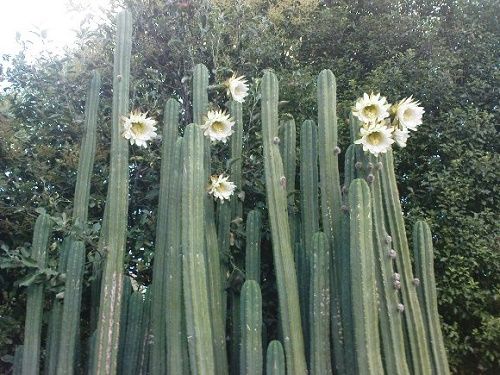
Returning to the characteristics of the cactus San Pedro, it is possible to mention that this one also has been used, traditionally, in the more ancestral rituals.
Within the cactus of the San Pedro variety there are some that have more quantity than others of mescaline, especially the youngest ones, being the effects of the latter much more powerful.
What are the effects of mescaline?
The effects of mescaline, as we said at the beginning, are psychoactive and hallucinogenic, but they aren’t the only effects. There are people who use it as a medicinal plant because of its natural antibiotic and narcotic effect. In this sense we can divide the effects of mescaline in the following lines:
-Therapeutic effect of mescaline: many people may think that it’s frivolous, but the fact that the antibiotic effect has been demonstrated. So the things are many people who use it to cover wounds, to cause vomiting in case of having that need and clean the stomach or to stimulate heart health.
-Psychic effect of mescaline: these effects are the most known. People recognize that they see sensory and visual. Some describe their effects as if they were seeing a succession of colors that are changing or they hear more broadly the sounds that surround them. The opposite side to all this is that mescaline can also trigger nightmares.
-Physical effects of mescaline: as we said before, it causes vomiting, but also diarrhea, although, of course, it doesn’t cause the same effect worldwide. In this sense and as with all these types of substances, it is recommended to start slowly and see how our body tolerates the intake of mescaline.
How is mescaline consumed and prepared?
There are three ways to consume mescaline: by mouth, by intravenous or by sucking.
Thus, the most common ways to prepare mescaline are as follows:
-Infusion: Just as cannabis can be infused, mescaline is also prepared in this way and, in fact, is the most comfortable and enjoyable way to do it, although the effects are different to if you do it intravenously . To do this, simply cut the fresh cactus into small pieces and boil it with water for a few minutes. After a while, the liquid is drained and the operation is repeated with the same pieces of cactus, a few more times. Finally the liquids that have been boiled and collected.
The San Pedro type cactus can also be made in the same way, but with powder. The process is simpler.
-In resin: the beginning of the process is the same as that of the tea, but once the liquids have been poured they are placed in a glass tray and the oven door is left open on low heat and the tray is placed there, so that the water evaporates and leaving only a resin that we will later remove to consume.
Some people take the resin directly and others, to avoid the unpleasant taste, mold it into a capsule, mix it with flour and consume it.
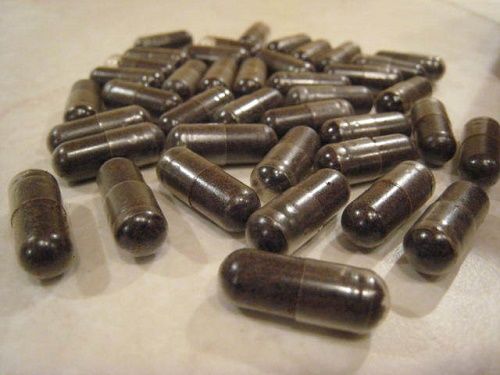
Recommendations:
If you are thinking about taking mescaline, I would like you to take into account the recommendations that the experts make about it:
-Spend time consuming mescaline to avoid problems. It’s true that it isn’t considered to be an addictive substance, its effects can cause dependence on the person who consumes it. So if you’re going to do it, do it slowly.
–Neither pregnant or lactating women nor children: it seems obvious, but those people who like to consume it or believe in the natural therapeutic effects often forget that it can have side effects.
–Do not drive: or perform any type of task that requires great responsibility or concentration, since mescaline will not let us see clearly what is really happening.
–People with depression: or going through a bad time is not recommended to be taken, not even to feel better. You never know how it will react in each body and the best, as we said, go step by step.
Conclusion
Mescaline cactus world is interesting, right? The truth is that there are many more things to delve into, but this has only been a small snack. So would you want to try it? If there is something you would like to know and that I haven’t said. Let me know!✍️
By Noelia Jiménez, PevGrow Team


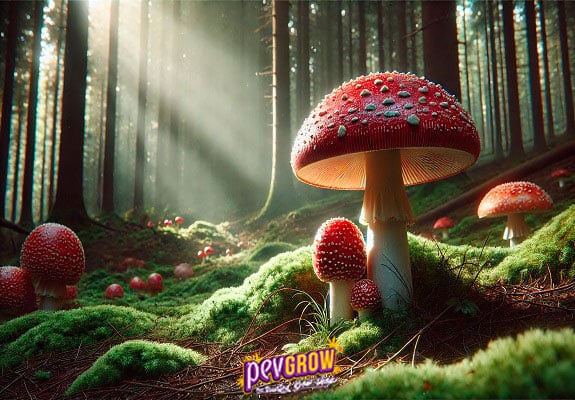
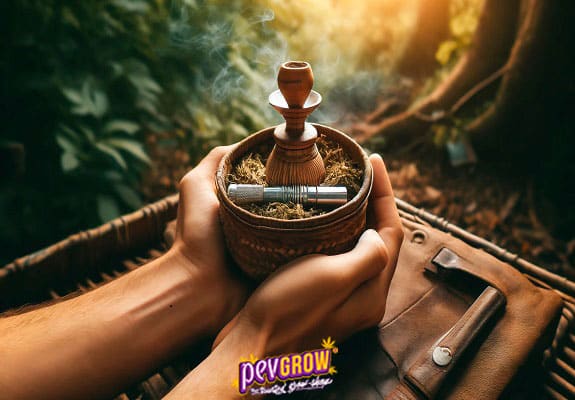

Lol, yeah go to Peru for a ceremony, or buy couple plants and consume them when they’ll ripen. You can learn how to extract the compound, but only if you’re willing to break the law. Cause most of that is illegal, besides the cultivation.
Hi just read this whole page would like to ask is there anyway i could get it.